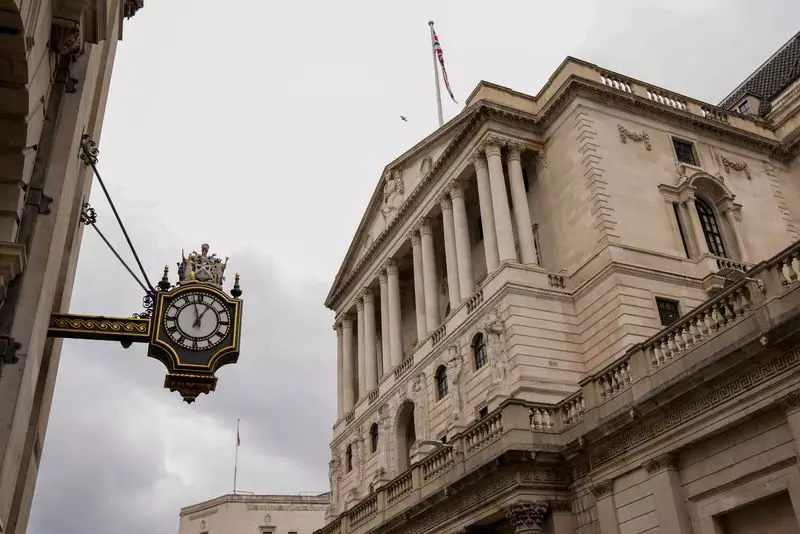As the Bank of England (BoE) prepares for its upcoming meeting, speculation looms large over whether the central bank will cut interest rates from their current 16-year high of 5.25%. With key policymakers remaining silent due to election rules, investors are left in the dark regarding the potential outcome of the decision. Interest rate futures indicate a 50% chance of a quarter-point rate cut on August 1st. While most economists anticipate a cut, there is a degree of uncertainty surrounding the timing of the move, with some suggesting that the BoE may opt to delay until September 19th.
One of the key factors influencing the BoE’s decision is the trend in consumer price inflation. Although inflation has recently been at the BoE’s 2% target, the central bank expects inflation to rise in the coming months due to the expiration of the downward pressure from energy price declines. The BoE has stated that its decision will be primarily based on underlying measures of inflation pressure, such as wage growth, labor market tightness, and services prices.
Recent economic indicators have painted a mixed picture for the BoE. While wage growth has slowed slightly, it remains above the level deemed compatible with 2% inflation. Services prices, on the other hand, have seen a significant increase, exceeding the BoE’s forecast. The bank is closely monitoring these indicators to gauge the overall inflationary pressures in the economy.
The BoE faces a number of challenges in making its interest rate decision. Deputy governors Clare Lombardelli and Sarah Breeden’s views on monetary policy remain unclear, adding to the uncertainty surrounding the outcome. Additionally, unexpected economic growth in the first part of 2024 may reduce the immediacy of a rate cut, as the BoE revises up its growth forecast for the year. However, there is a risk associated with delaying rate cuts, as strong economic growth relies on the implementation of such measures.
The Bank of England finds itself at a crossroads as it contemplates its first interest rate cut since 2020. With inflation pressures mounting and economic indicators sending mixed signals, the central bank must carefully weigh its options to ensure the stability of the economy. The outcome of the upcoming meeting on August 1st will be closely watched by investors and economists alike, as it could have far-reaching implications for the UK economy.

